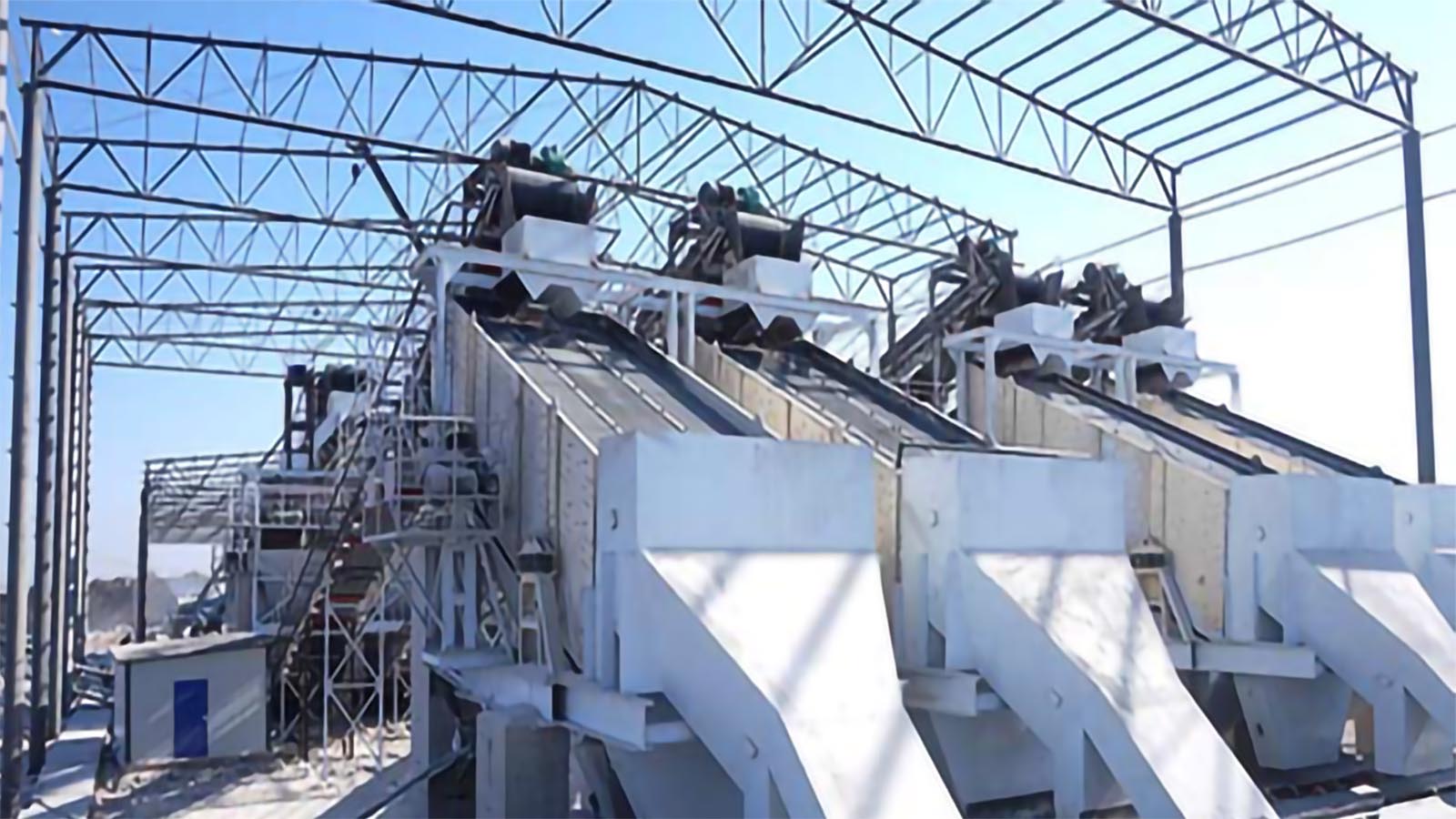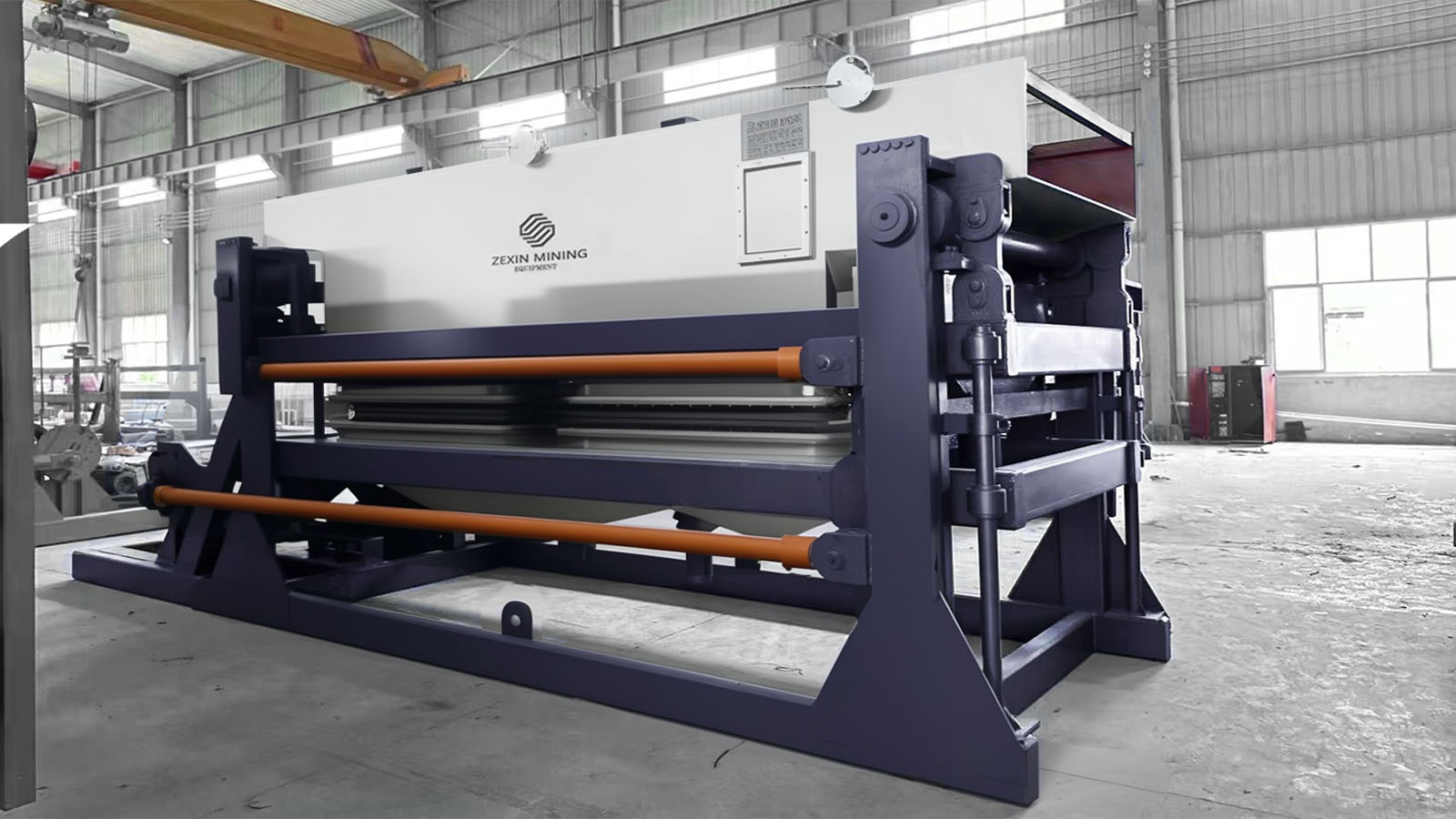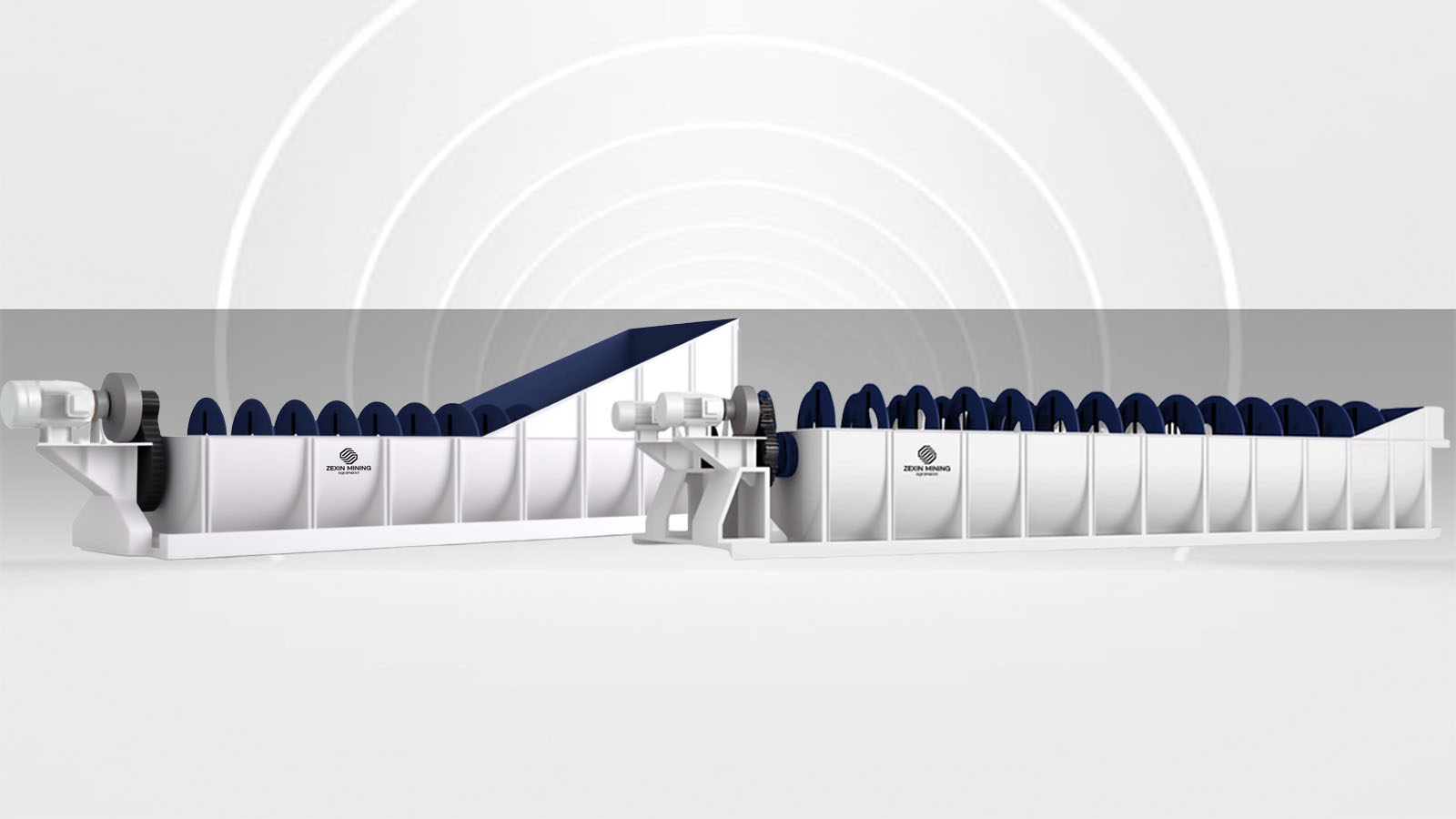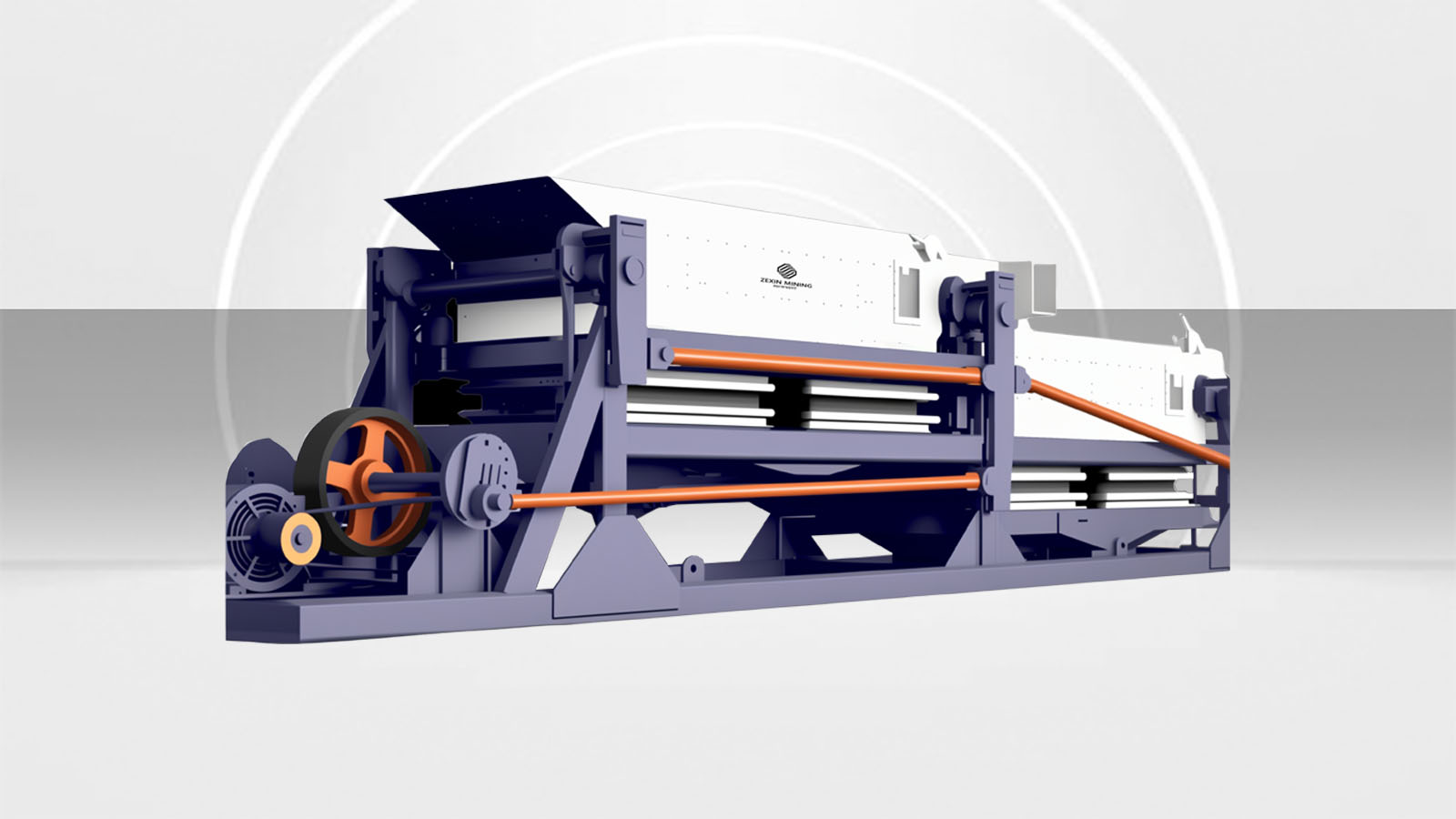
Screening operations are crucial elements in mineral processing and aggregate production workflows. The rational selection of screening equipment significantly impacts production efficiency and product quality. This article systematically introduces the types, technical characteristics, and suitable applications of commonly used screening equipment in industrial applications, providing comprehensive equipment selection references for engineering and technical personnel.
Working Principles and Technical Characteristics of Major Screening Equipment
Based on working principles and structural characteristics, modern mining screening equipment can be categorized into static screening equipment and dynamic screening equipment, with various vibrating screens being the most widely applied. Below is a detailed introduction to the characteristics of various screening equipment.
1. Fixed Screening Equipment
Fixed screens are the most basic screening devices, with stationary screening surfaces where materials undergo classification as they move down inclined surfaces under their own weight.
- Grizzly Screens: Composed of intersecting steel bars or plates forming a grid-like structure, with screen openings typically between 80-300mm. Their advantage lies in extremely simple construction, requiring no power drive, with virtually zero maintenance costs; their disadvantage is low screening efficiency and susceptibility to clogging when processing wet or sticky materials. Grizzly screens are mainly used for pre-screening at the upper sections of raw ore bins, controlling the maximum particle size entering crushing systems.
- Bar Screens (Rod Screens): Constructed from parallel arranged metal bars, with gaps between bars forming screen openings. Screen openings are typically between 20-100mm, suitable for pre-screening before coarse crushing, effectively removing fine grade particles and improving crushing efficiency. Compared to grizzly screens, bar screens have lower clogging rates, but still have limited processing capacity and screening precision.
2. Roller Screens
Roller screens consist of multiple parallel rotating shafts, with variously shaped discs or drums installed on the shafts, forming screen openings between adjacent shafts and discs. Materials undergo screening while moving forward under the drive of multiple rotating rollers.
The significant advantage of roller screens is their resistance to clogging, with good adaptability to wet, sticky materials; their disadvantages include complex structure, large footprint, and susceptible roller wear. This equipment is mainly used for primary screening of large materials, such as coarse screening before primary crushing in mining operations or solid waste sorting in construction waste processing.
3. Vibrating Screen Series
Vibrating screens are currently the most widely used equipment type in mining screening operations, further classified into multiple types based on vibration modes and structural characteristics:
- Inertial Vibrating Screens: Vibrators are directly installed on the screen box, using high-speed rotation of eccentric blocks to generate centrifugal force that drives screen box vibration. Characteristics include simple structure and easily adjustable amplitude, but feed volume fluctuations affect vibration performance, with relatively small processing capacity, mainly suitable for medium to fine particle material classification.
- Self-centering Vibrating Screens: Motors drive eccentric blocks to rotate and generate vibration force, but the motor shaft center remains fixed. This type of screen features compact structure, simple manufacturing, high screen surface vibration intensity, and good screening efficiency, but produces considerable vibration to building foundations. Suitable for precise classification of medium to fine particle materials, they can be divided into suspension-type and seat-type structures according to installation method.
- Eccentric Vibrating Screens: Drive screen frames to make approximately circular trajectory movements through high-speed rotation of eccentric shafts. These devices have stable amplitude unaffected by material load changes, strong screening intensity, and resistance to clogging, but complex structure, high inertia, and high requirements for equipment foundations. Mainly used in pre-screening and coarse screening stages, they have gradually been replaced by other types of vibrating screens.
- Heavy-duty Vibrating Screens: Specially designed for processing large, high-density materials, featuring ultra-strong vibration excitation force and robust screen box structure. Significantly improved efficiency compared to fixed screens, but higher investment costs. Mainly used in primary screening operations at open-pit mines and large quarries.
- Circular Motion Vibrating Screens: Motors drive eccentric blocks to make screen boxes perform circular trajectory movements, with materials advancing spirally on screen surfaces. Screen surfaces are typically installed at an incline, offering high screening efficiency, resistance to clogging, low maintenance costs, and broad applicability, effectively handling materials from large blocks to fine particles, making them one of the most widely applied vibrating screen types currently.
- Linear Motion Vibrating Screens: Screen boxes perform linear reciprocating movements on horizontal or slightly inclined screen surfaces. These devices feature high utilization of screen surface area, strong amplitude, and good layering effects, particularly suitable for multi-layer screening and precise classification. However, they have complex structures, higher prices, and greater energy consumption, suitable for occasions requiring high classification precision.
Equipment Selection Recommendations for Different Production Stages
Aggregate production lines typically include multiple screening sections, with different stages having varying requirements for screening equipment. Below are equipment selection recommendations for each stage:
1. Primary Screening Stage
The main purpose of primary screening is to remove oversized materials and soil impurities from raw materials, protecting subsequent crushing equipment.
- Suitable Equipment: Fixed grizzly screens, heavy-duty vibrating screens, roller screens
- Selection Recommendations: For raw materials containing many large blocks and impurities, heavy-duty vibrating screens are advisable; small production lines with limited budgets and modest processing volumes may consider fixed grizzly screens; for raw materials with high moisture content and stickiness, roller screens are ideal choices.
2. Intermediate Screening Stage
Intermediate screening typically occurs between coarse and medium crushing, aiming to separate materials that have already reached target particle sizes, reducing subsequent crushing loads.
- Suitable Equipment: Circular motion vibrating screens, linear motion vibrating screens
- Selection Recommendations: Production lines with large processing volumes should select large circular motion vibrating screens, offering high screening efficiency at relatively low investment costs; occasions requiring high classification precision may opt for linear motion vibrating screens.
3. Finished Product Screening Stage
Finished product screening is the section where final products are classified according to particle size requirements, directly affecting product quality.
- Suitable Equipment: Circular motion vibrating screens, linear motion vibrating screens
- Selection Recommendations: In general situations, circular motion vibrating screens are the preferred choice, offering high screening efficiency and stable operation; for occasions requiring production of multiple aggregate specifications, linear motion vibrating screens' multi-layer screening capability presents greater advantages.
4. Inspection Screening Stage
Inspection screening is used for finished product quality control, removing non-conforming particles.
- Suitable Equipment: Circular motion vibrating screens, high-frequency vibrating screens
- Selection Recommendations: High-frequency vibrating screens are recommended for fine aggregate products, offering higher screening precision; conventional aggregates can satisfactorily use circular motion vibrating screens.
Key Consideration Factors for Screening Equipment Selection
1. Material Characteristic Analysis
When selecting screening equipment, first consider the basic characteristics of materials:
- Particle Size Distribution: The maximum particle diameter and particle size distribution range determine the selection of screen opening size and screen type
- Moisture Content and Stickiness: High moisture content or sticky materials easily clog screen openings, requiring equipment with good anti-clogging performance
- Material Density: High-density materials require stronger vibration force and more robust screen structures
2. Production Requirement Analysis
- Processing Volume Requirements: Production scale directly affects the selection of screen size and quantity
- Classification Precision Requirements: Higher demands for product particle size control precision require stricter precision and stability from screening equipment
- Screening Efficiency Requirements: High-efficiency screening reduces oversized particles in undersize products and undersized particles in oversize products
3. Economic Factor Considerations
- Equipment Investment: Different types of screening equipment have significant price differences, requiring reasonable choices based on budget
- Operating Costs: Including energy consumption, maintenance expenses, and screen mesh replacement costs
- Equipment Lifespan: High-quality screening equipment, though requiring higher initial investment, proves more economical in long-term use
Conclusions and Recommendations
Selecting appropriate screening equipment is key to improving production efficiency and product quality. Comprehensive analysis indicates:
- Primary screening stage primarily aims to remove large materials, with heavy-duty vibrating screens and roller screens being ideal choices
- For intermediate and finished product screening stages, circular motion vibrating screens become the preferred choice due to their high efficiency and low investment cost characteristics
- For materials with special requirements or high-precision screening needs, specially designed screening equipment should be considered
It is recommended that mining enterprises, when selecting screening equipment, should base decisions on their actual requirements, fully considering material characteristics, production requirements, and economic factors, consulting professional equipment suppliers for technical demonstrations when necessary to ensure selection of the most suitable screening solutions.
With the development of intelligent manufacturing technologies, screening equipment is evolving toward intelligence and energy efficiency. Future developments will bring more efficient and precise screening equipment, providing stronger technical support for efficient utilization of mineral resources.


